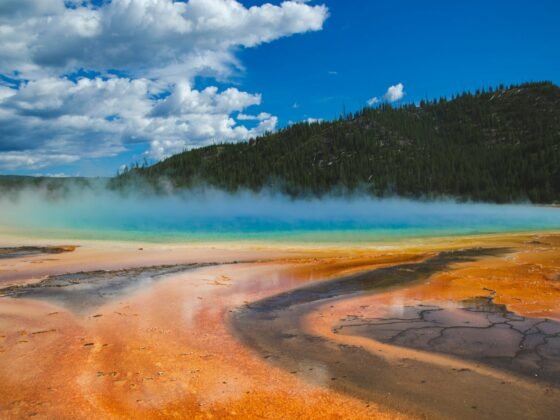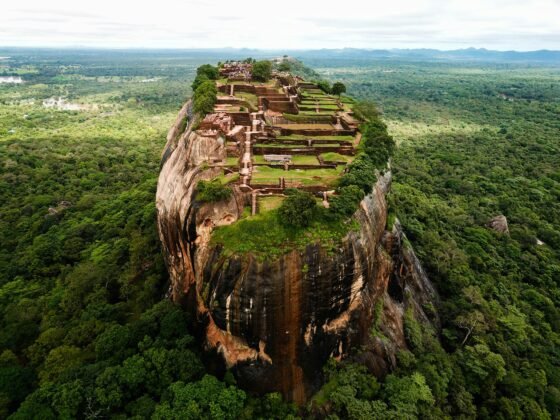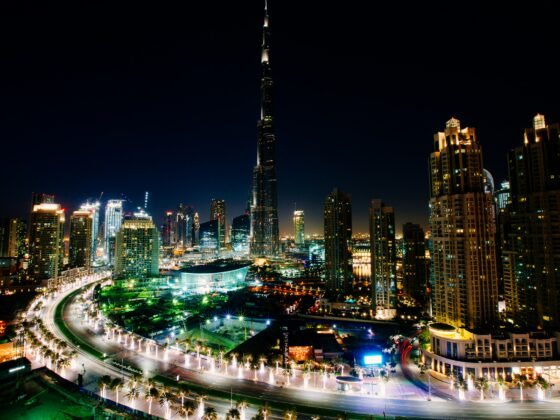No trip to Vietnam would be complete with a few days spent in the buzzing metropolis of Ho Chi Minh City, more commonly referred to as Saigon by the locals. Modern and old stand side by side; you can be shopping for spices and silks at a market down one of the many alleyways one moment, and then find yourself in a newly built skyscraper with ice-cold air conditioning. Whether you’re looking to wander around the temples, monuments and historical buildings or looking to fill your time with luxury shopping, gourmet restaurants and five star hotel facilities; Ho Chi Minh City has it all!
Museums
War Remnants Museum is another place of special interest for veterans and their families since exhibits include weaponry and other items including some non-detonated explosive devices. Referenced by locals as The American War Museum, some of the exhibits and pictorial displays portray the horrors of the Vietnam War especially from the Viet Cong soldiers’ point of view.
The History Museum contains exhibits accompanied by provenance indicating the existence of life estimated to span a 300,000 year period. One highlight is a gigantic Buddha featuring 1,000 eyes and arms.
Situated in a converted customs house, Ho Chi Museum, known to locals as the dragon house, contains exhibits of items belonging the former dictator, forced to remain in exile for 30 years, including an American-made radio, said to be among his most prized possessions.
FITO Museum, operated by FITO Pharmaceutical Company, Ltd., contains exhibits, of special interest to medical personnel, including various medical implements and supplies of oils and herbs. Knowledgeable staff members act as docents for tours.
Old Saigon – The Shoppers Paradise
Strolling along Dong Kohi Street and Pham Ngu Lao Street affords visitors opportunities to purchase merchandise including jewellery, silks, rosewood items and clothing. At some men’s clothing boutiques, tailors will render custom-made shirts for less than $10, fabric not included, to be ready for wear in 2 to 3 days.
Ben Thanh Market is a massive maze of vendor stalls stocked with crafts depicting various aspects of Vietnamese culture. Tourists are cautioned not to become innocent victims of vendors offering war relics since many are reproductions. In addition to fresh produce, this market is home to the most expensive coffee in the world. This coffee is rendered from the excrement of the Civet, a creature resembling a large rodent that derives its main source of food from the coffee bean fields. During processing, the excrement is boiled to destroy harmful bacteria. Said to have a very interesting taste and not to be as bitter as traditional coffee, each normal-size cup sells for $5. One popular souvenir in this area is plastic bags of coffee beans.
Of Special Interest to Veterans and Their Families
For many American veterans, a visit to Ho Chi Minh City is a way to remember and attempt to explain what the Vietnam War was like for them. Regardless whether tourists fought in the war or knew someone who did, there are things to do and places to see that are guaranteed to change your perspective about that era. Ho Chi Minh City, formerly known as Saigon, prior to 1976, is a mixture of many things ranging from outdoor markets and pagodas to modern buildings, skyscrapers, and restaurants. This city is home to over six million people whose favourite mode of transportation is a motorbike.
Cu Chi Tunnels is a massive underground system that, if followed correctly, allowed natives to cross the entire country in secret. A few of the segments are accessible to tourists. This tunnel system, designed to provide for all the necessities of life, included schools, medical facilities, a kitchen, and sleeping areas. A war memorial provides some explanation highlighting U.S. offensive assignments such as Operation Crimp and Operation Cedar Falls, whose purpose was search and destroy missions. Tourists have the opportunity to test their gunnery skills firing weapons including an AK47 under controlled conditions.
Vietnamese Temples
These structures are known to locals as pagodas, stemming from the Greek word for place of idol dwelling. Believed to be one of the oldest, Giac Lam Pagoda, circa 1700s, is devoted to the spirits of healing and grief relief. Many locals and visitors leave pictures of people in need of prayer. With entrance graced by a massive Buddha, this structure contains a dining room, altar area, and a main hall.
At Ong Bac Pagoda, erected post-WWII, people set paper money afire in petition of prayer for blessings including finances, health and a peaceful life.









